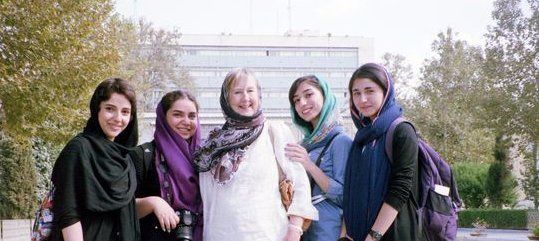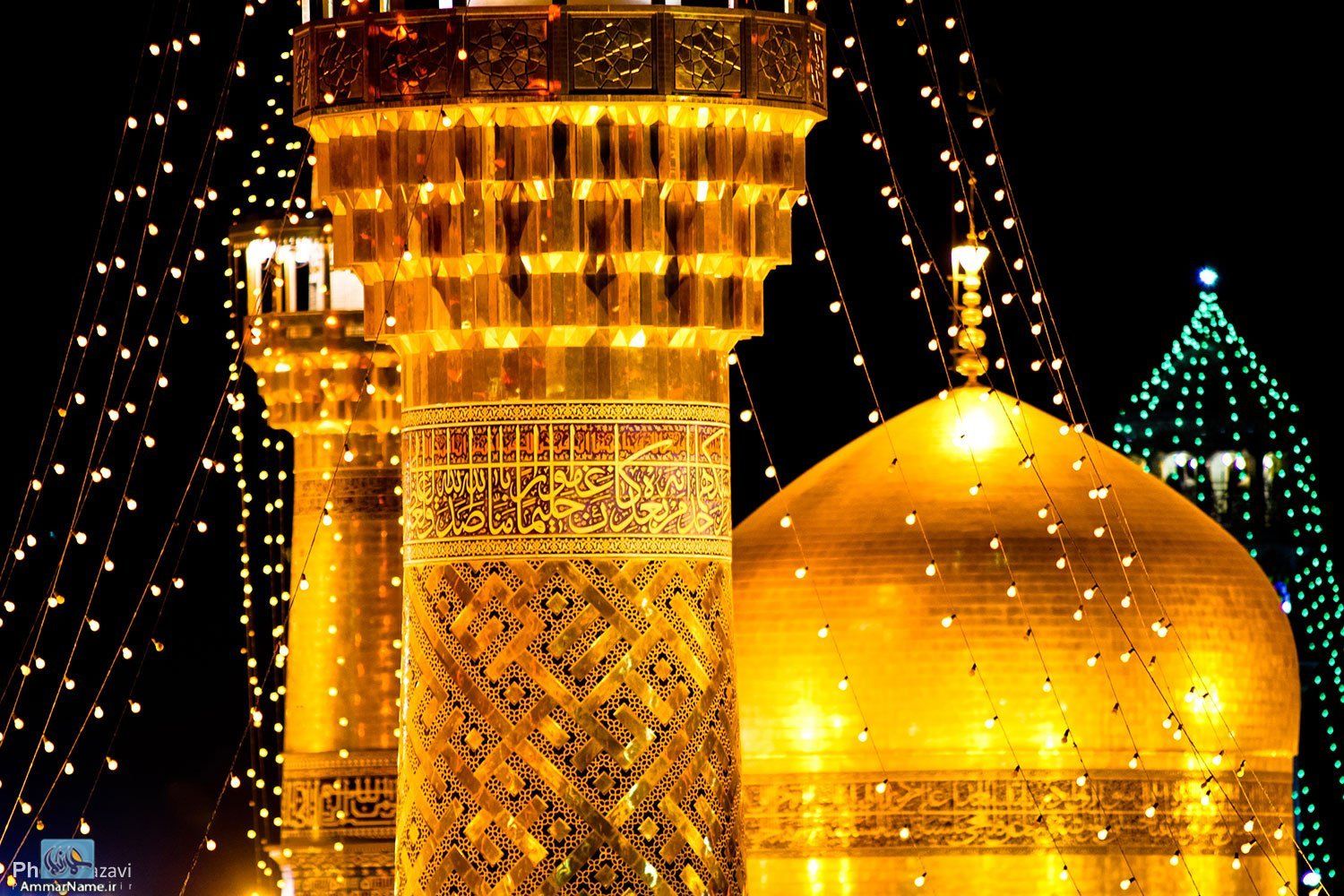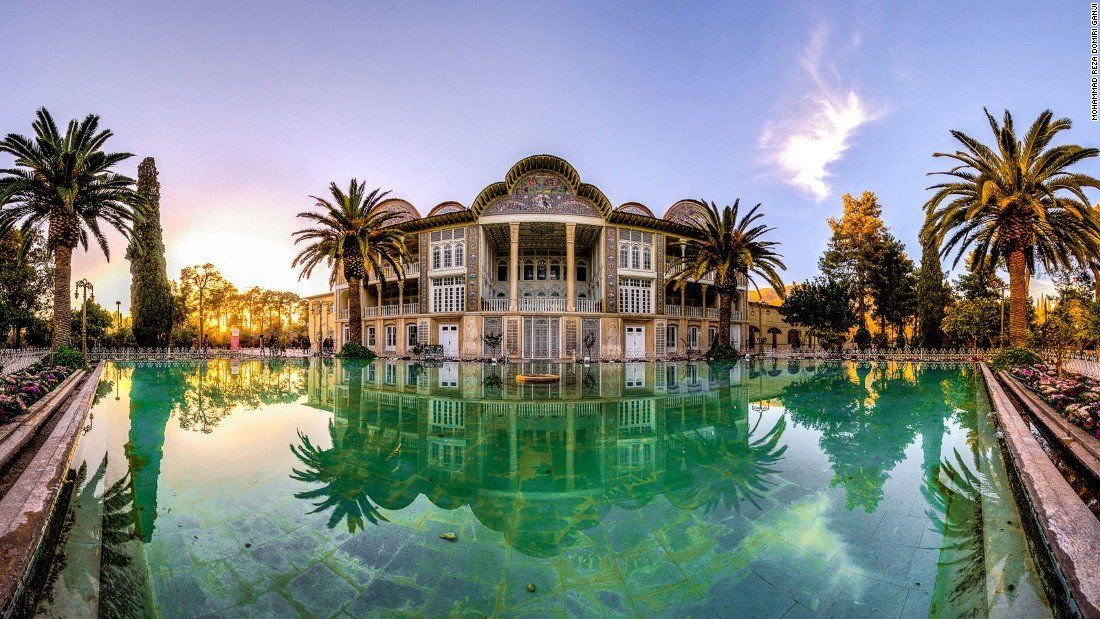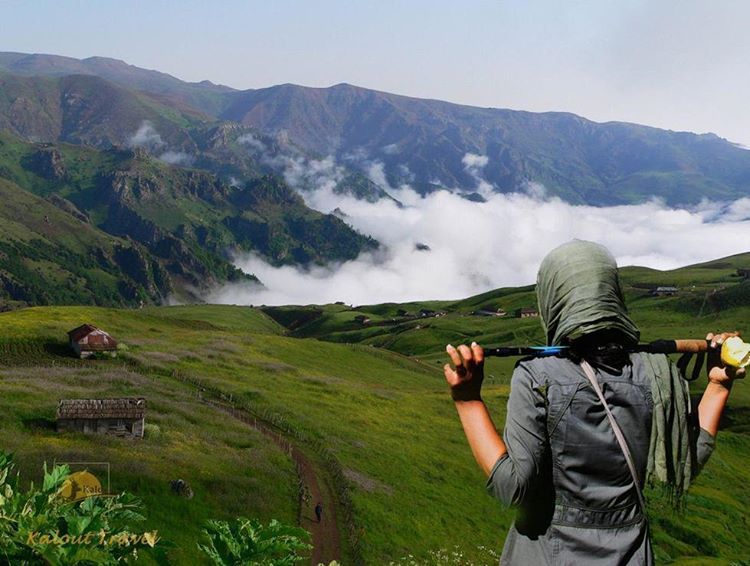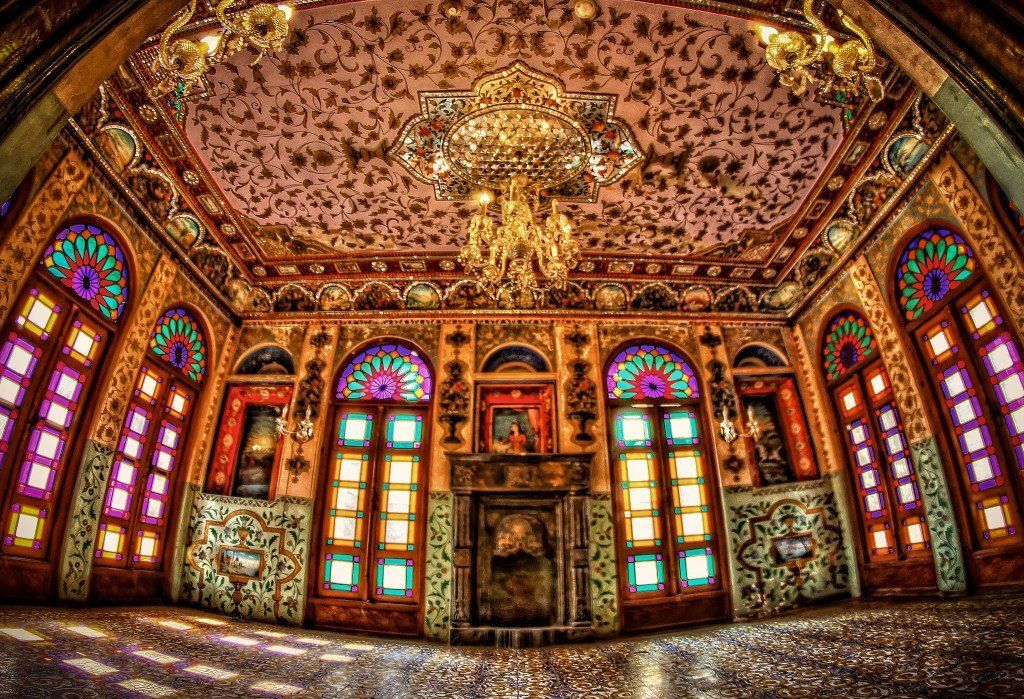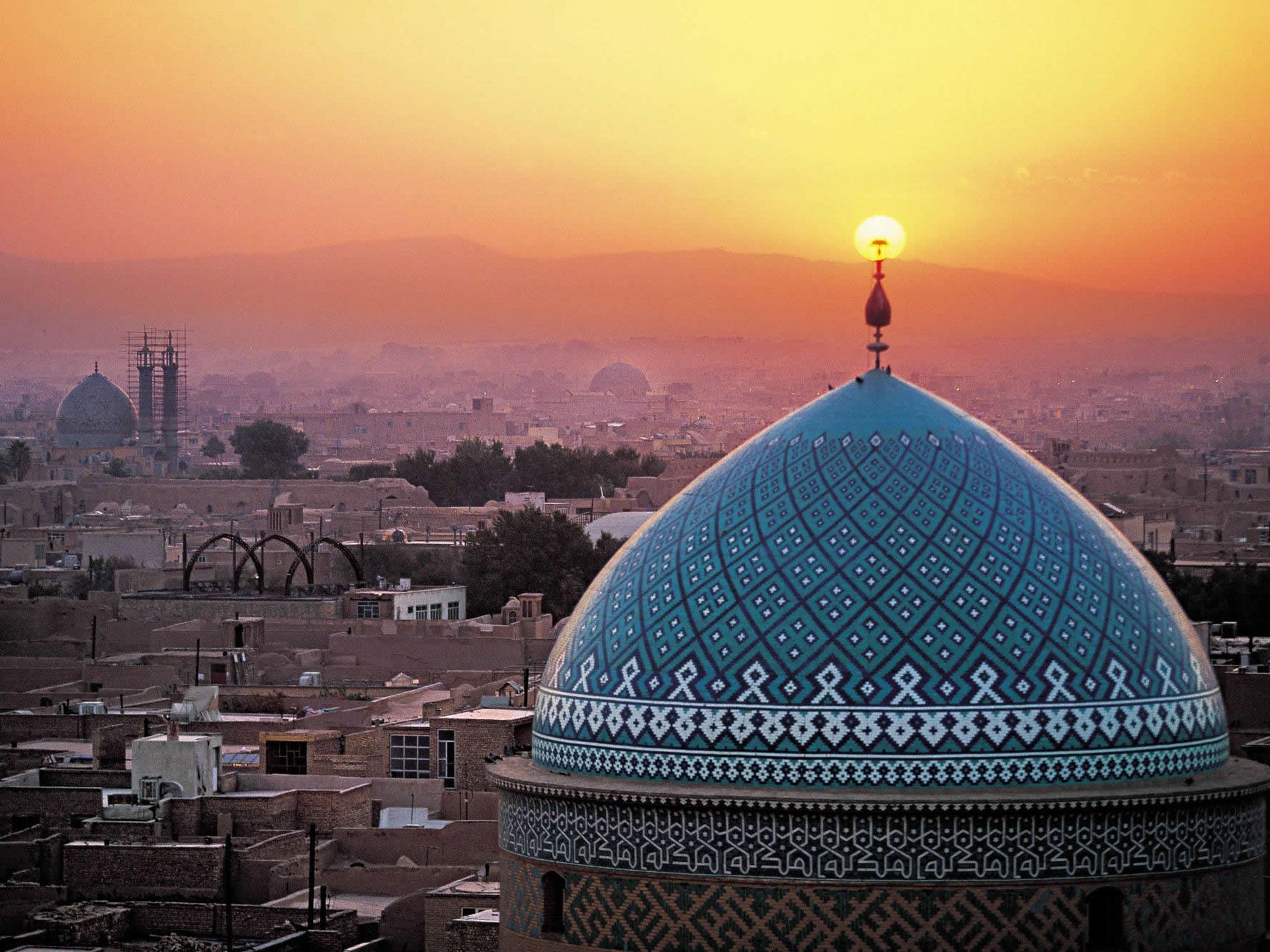Qazvin Attractions
Dome of Soltaniyeh
The road goes through Qazvin, Takestan and then to Zanjan, passing the turning for Qurveh. After about 1/5 hours drive from Qazvin,some 160 km.,
One can see the astonishing egg-shaped domeof the Mausoleum of Oljaitu, rising above the roof-tops of the little hamlet of Soltaniyeh about 8 km. to the left of the road.
The access track to the Mausoleum has now been improved. Although this building is later than the Seljuq period limiting this guide, it cannot be ignored.
Described by Pope as one of Persia supreme architectural achievements 129 it was built by Oljaitu in what was to have been the imperial capital of Soltaniyeh, at the beginning of the fourteenth century.
A Mongol tomb-tower and Khaneqah are also in the village and the traveller is strongly recommended to visit the Mausoleum whose impact cannot really be experienced from afar. Its dome has been described by Godard as being perfectly conceived and constructed.
Alamut Castle
From Qazvin one can reach the Assassin (formerly Dailamite stronghold of Alamut and the shortest time in which the trip can comfortably be made is two days and a night.
Alamut (Eagle Nest) is only one of many Assassin strongholds in the Alborz and other mountain ranges of Iran and recent intensive studies include those by a Japanese team, led by professor M.
Honda of Hokaidu University, and peter Willey. The original Alamut castle was built c.A.D.860-861,Probably by religious refugees from the Abbassid caliphs. It was about A.D.1090 when Hasan al-Sabbah, The old man of the mountains, as Marco Polo called him, founder of an offshoot of the ninth century Esmaili sect,captured the castle and made extensive alterations, rebuilding the greater part.(Hasan al-Sabbah was born in Ray in 1040 and died in 1124; he is believed to have been buried in the Sanjideh Mosque in Kh. Darvazeh-e Ray in Qazvin. This small square building was possibly built on the site of a fire temple and restored in Safavid times.)
His practice of encouraging recruits by giving them hashish, then transporting them to a Valley near Alamut to awake in enchanting gardens with handmaidens waiting on them (the recruits thought this was, paradise), is believed by many to have given Hasans followers the name of Assassins, but Willey believes the name derives from assas or mission implying that they were followers of Hasans religious mission.
Willey also contends that their political assassinations, which made them so notorious, have been over-emphasized and their contribution to their deep religious, have been over-emphasized and their contribution to art their deep religious devotion and their sophisticated irrigation and defence system, have been overlooked or minimized.
Other Qazvin's attractions :
Bist Sotoun, Aminiha Hosseiniyeh, Qajar Bathhouse & Anthropology Museum, Jameh Mosque of Qazvin, Tomb Hamdullah Mostofi, Qazvin Gateway, Cantor Church, Ovan Lake (Evan Lake)
























